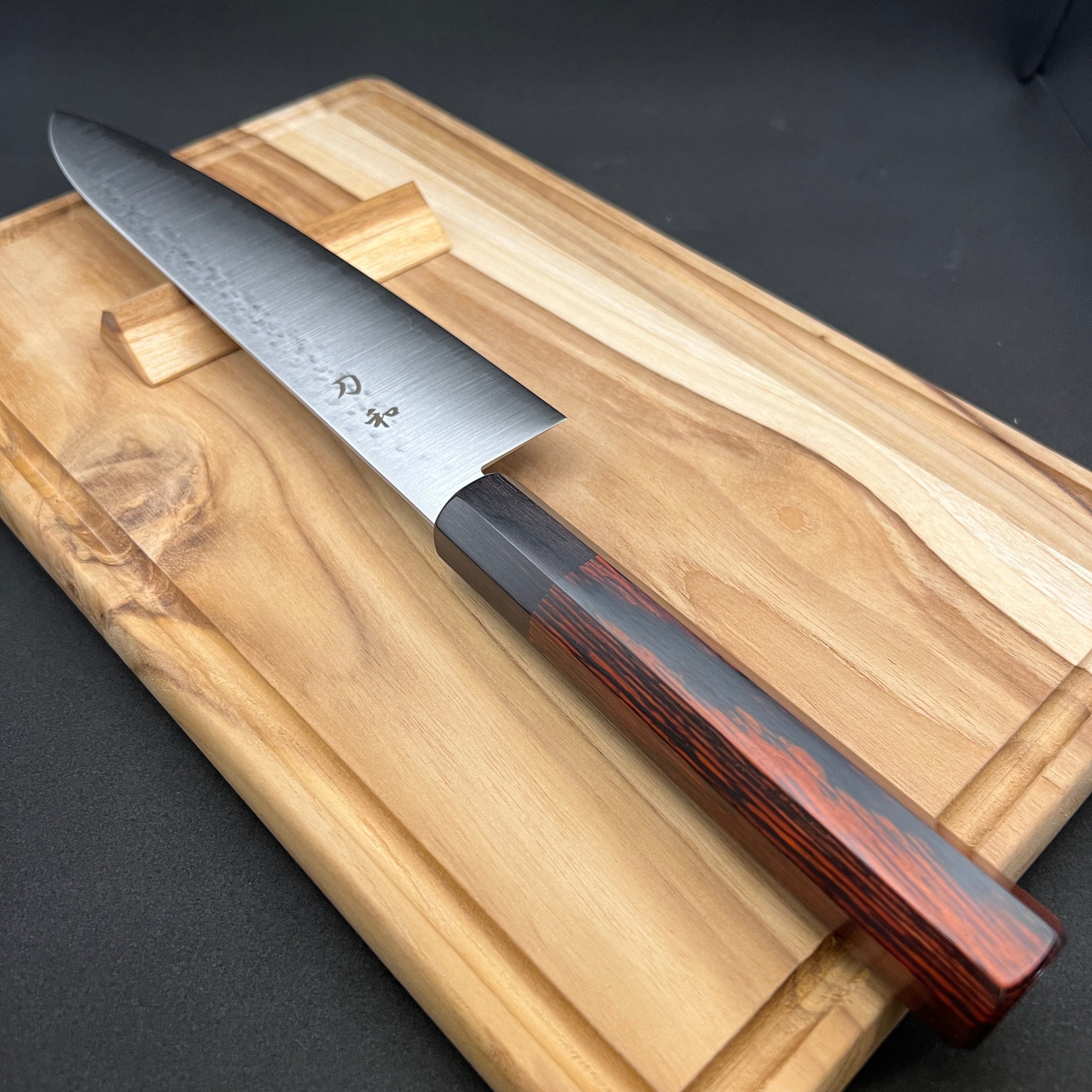
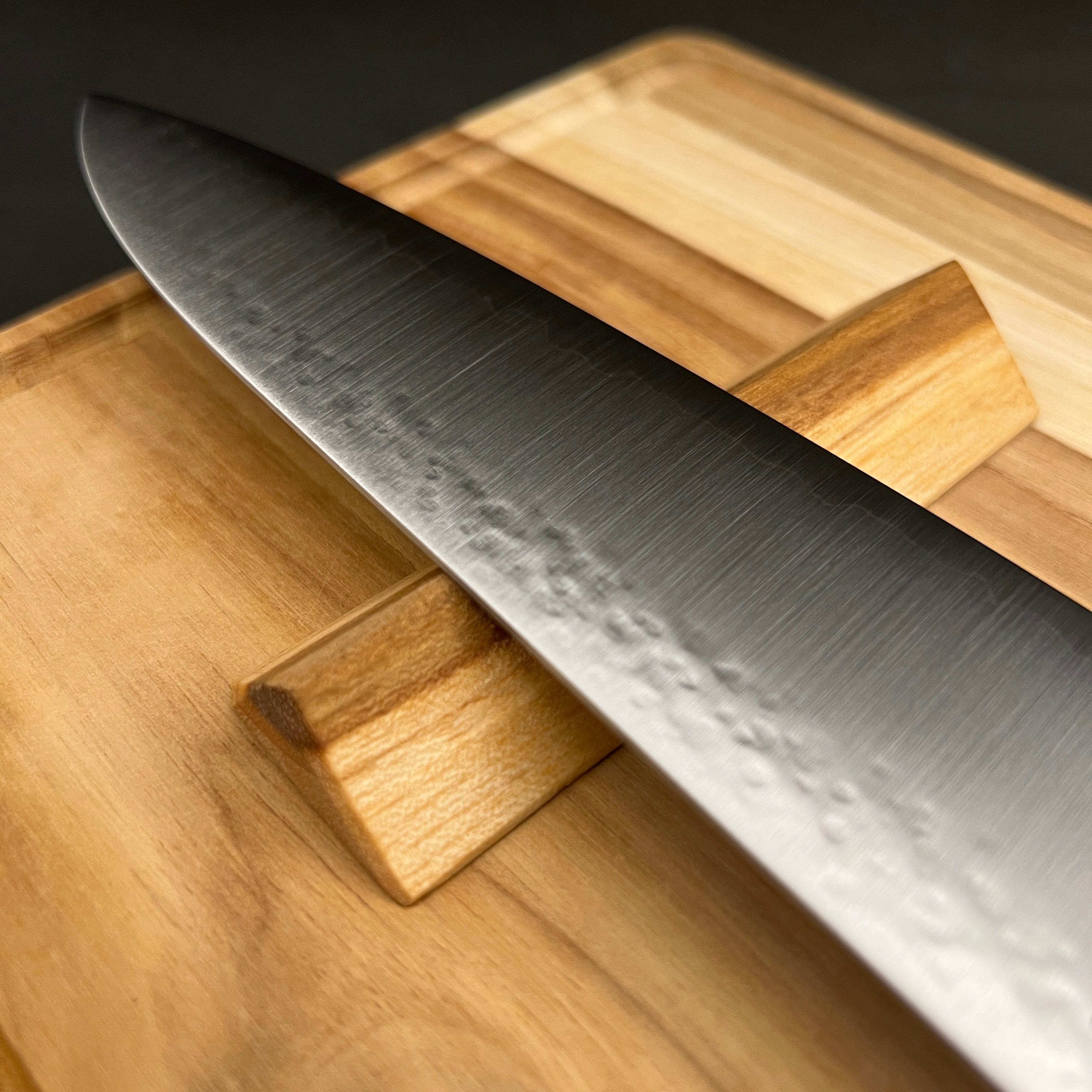


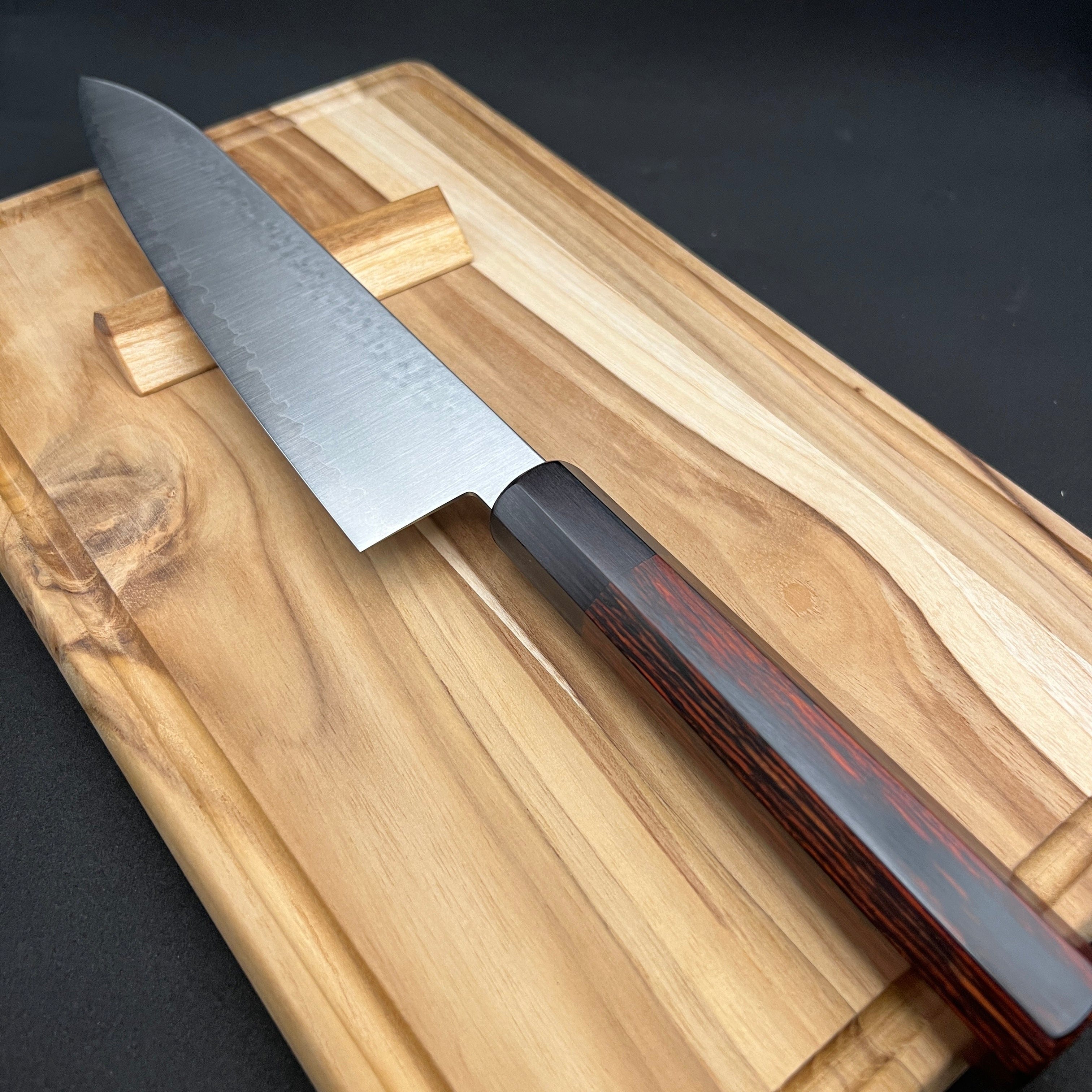
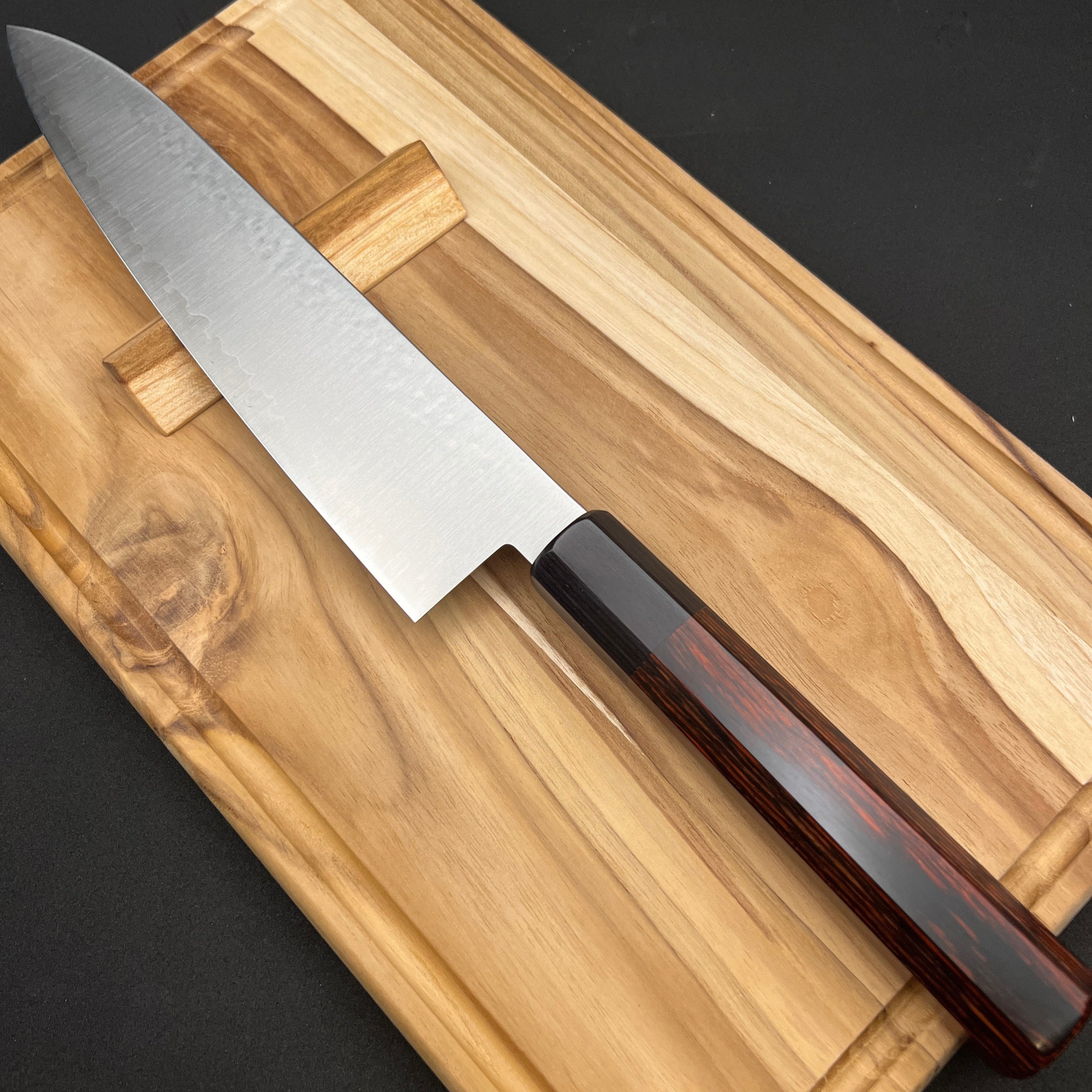
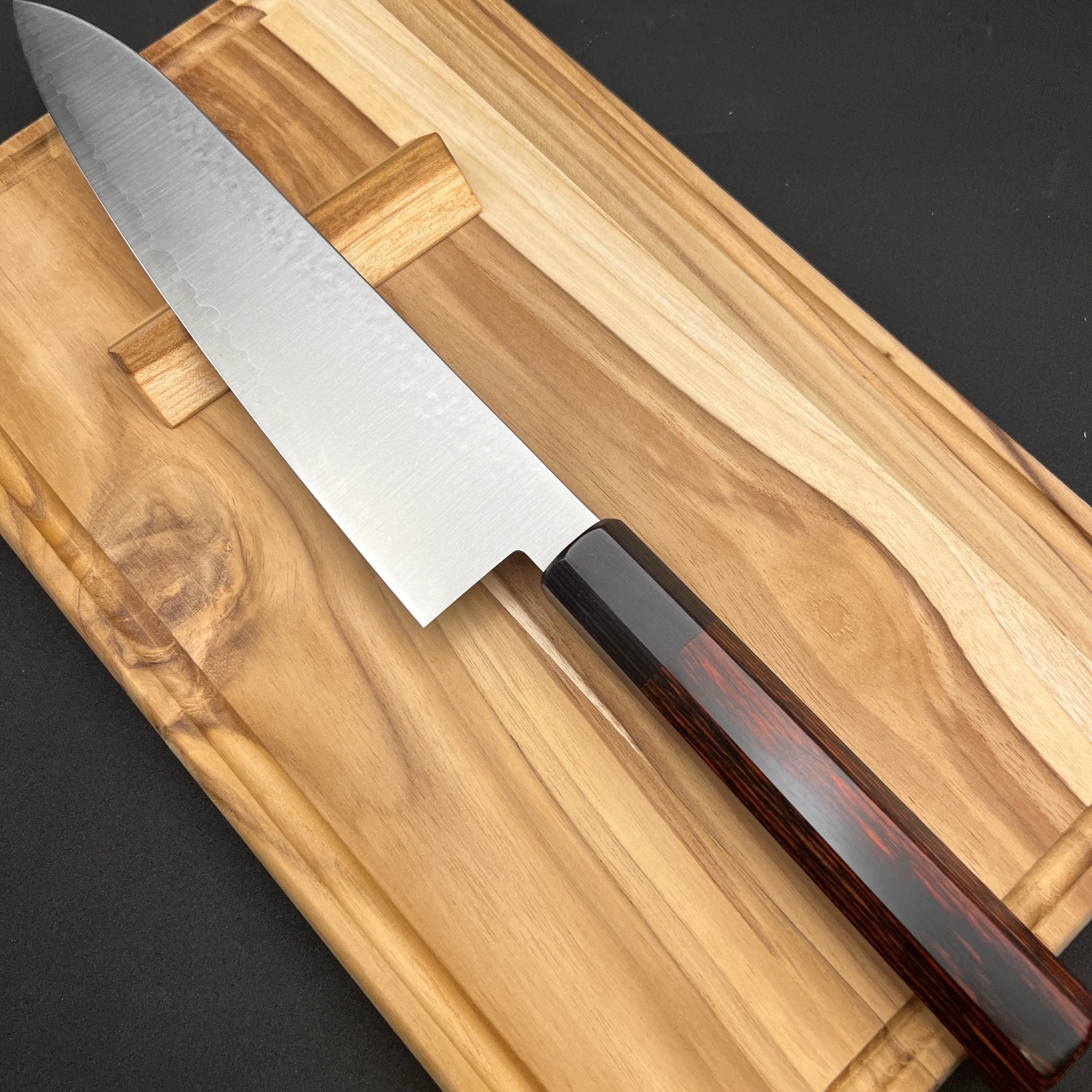
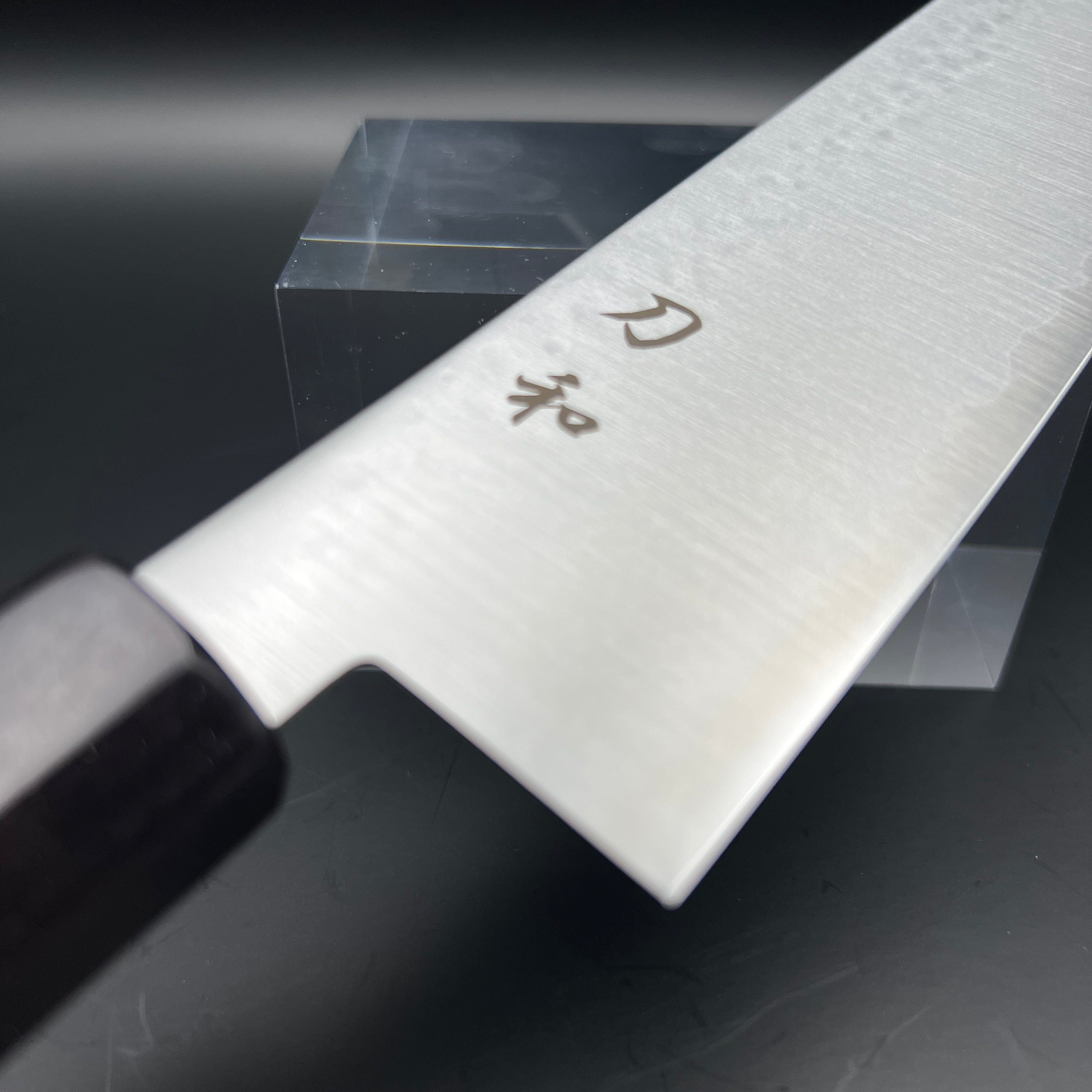
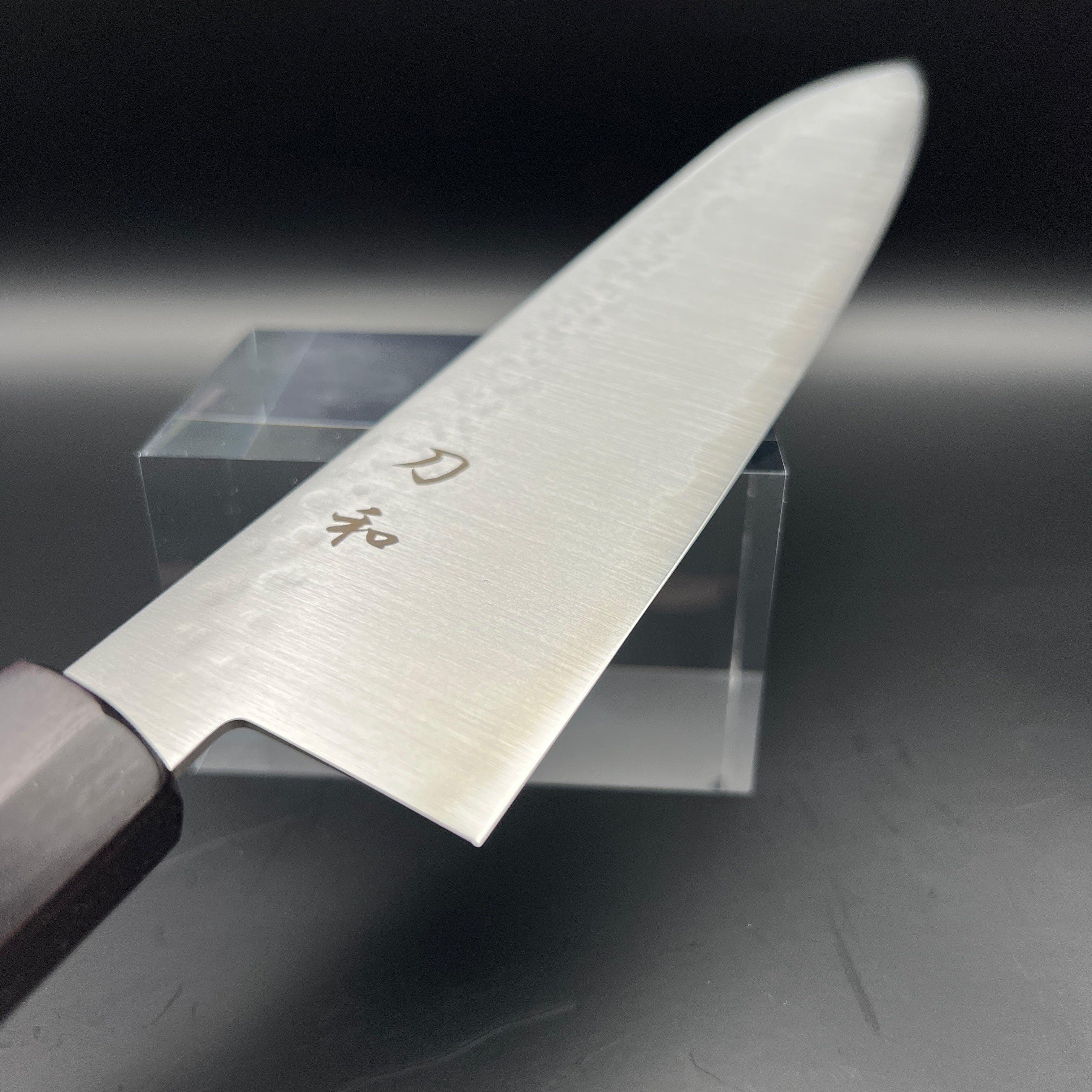
Katawa Octagonal Chef Knife 21cm Red
Pairs well with

Katawa Octagonal Chef Knife 21cm Red
If you have any questions, you are always welcome to contact us. We'll get back to you as soon as possible, within 24 hours on weekdays.
-
Shipping Information
Use this text to answer questions in as much detail as possible for your customers.
-
Customer Support
Use this text to answer questions in as much detail as possible for your customers.
-
FAQ’s
Use this text to answer questions in as much detail as possible for your customers.
-
Contact Us
Use this text to answer questions in as much detail as possible for your customers.
Precision you can feel. Style that quietly stands out.
Expert craftsmanship meets cutting precision.
Engineered for fluid slicing and razor-sharp performance, this VG5 chef’s knife combines hand-forged tradition with modern durability. Made in Japan, it’s a versatile and reliable tool designed to handle everything from carving roast beef to slicing sashimi with precision.
The 21 cm blade is forged from VG5 high-grade steel, offering a Rockwell hardness of approximately 58°C—strong enough to hold a sharp edge, yet easy to maintain over time. Its three-layer construction enhances structural stability and contributes to the knife’s clean, balanced feel in hand.
A hand-hammered finish along the blade reduces friction and helps prevent ingredients from sticking during slicing. The long, thin profile is ideal for sliding through proteins and produce in one smooth motion—from heel to tip—minimizing resistance and preserving the integrity of each ingredient.
Key features:
- Razor-thin edge for high-precision slicing
- 21 cm blade length for clean, efficient cuts
- Hand-hammered blade improves food release and glide
- Octagonal red handle offers a confident, ergonomic grip
- Perfect for slicing meats, sashimi blocks, ham, and more
Compared to a Santoku knife, this chef’s knife (also called a beef knife) is longer and sharper, making it ideal for working along the grain of large meat cuts or creating ultra-thin, even slices of delicate ingredients.
Whether you’re a professional chef or a home cook refining your skills, this knife delivers the consistent sharpness and control you need to execute every dish with confidence.
Product Information
Care instructions
Maker
FAQs
All you need to know about Japanese Knives.
What makes Japanese knives different from Western knives?
Japanese knives typically feature harder steel, thinner and sharper blades, and lighter handles compared to Western knives. These characteristics allow for precision cutting, especially suited for detailed culinary tasks, but require careful maintenance to preserve sharpness and avoid damage.
How should I maintain and sharpen a Japanese knife?
Regularly hand-wash and dry your knife immediately after use to prevent rust and corrosion. Sharpen using a whetstone designed specifically for Japanese knives, maintaining a consistent angle (usually around 15 degrees). Avoid dishwashers and harsh cleaning methods to preserve blade integrity.
Can Japanese knives be used for any type of food preparation?
While versatile, certain Japanese knives are specialized: Gyuto (chef’s knife) handles most ingredients, Santoku excels in chopping vegetables and meats, while Yanagiba is specifically suited for slicing sashimi and seafood. Selecting the right knife enhances performance and preserves blade condition.
Why are Japanese knives often more expensive?
Japanese knives are handcrafted, employing traditional methods and premium high-carbon steel, which contributes to their exceptional sharpness, durability, and aesthetics. This artisanal craftsmanship and the high-quality materials used typically result in higher pricing compared to mass-produced knives.
Are Japanese knives suitable for beginners?
Yes, beginners can effectively use Japanese knives, but it’s essential to start with user-friendly styles like Santoku or Gyuto, known for balanced handling and versatility. Proper care, handling, and regular sharpening practices will ensure a positive experience, even for novices.

